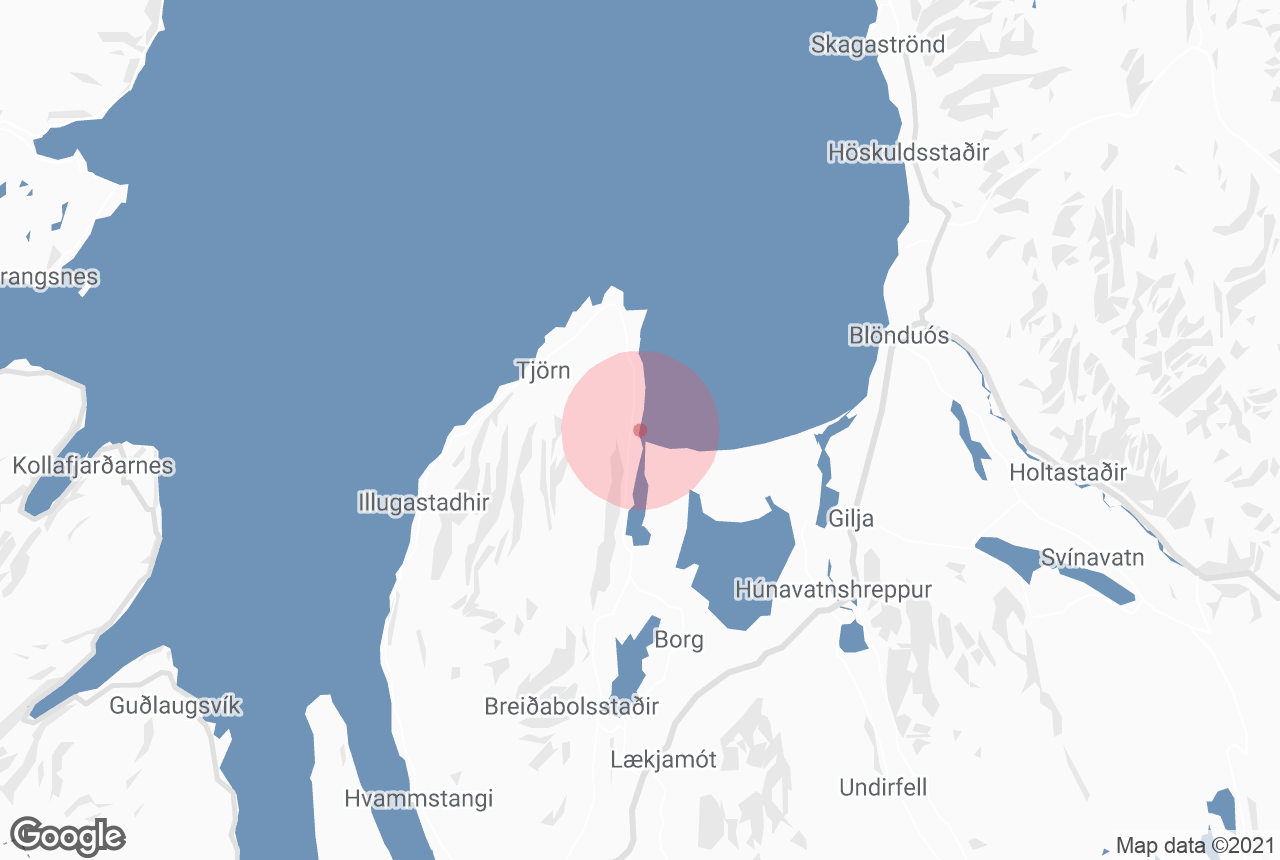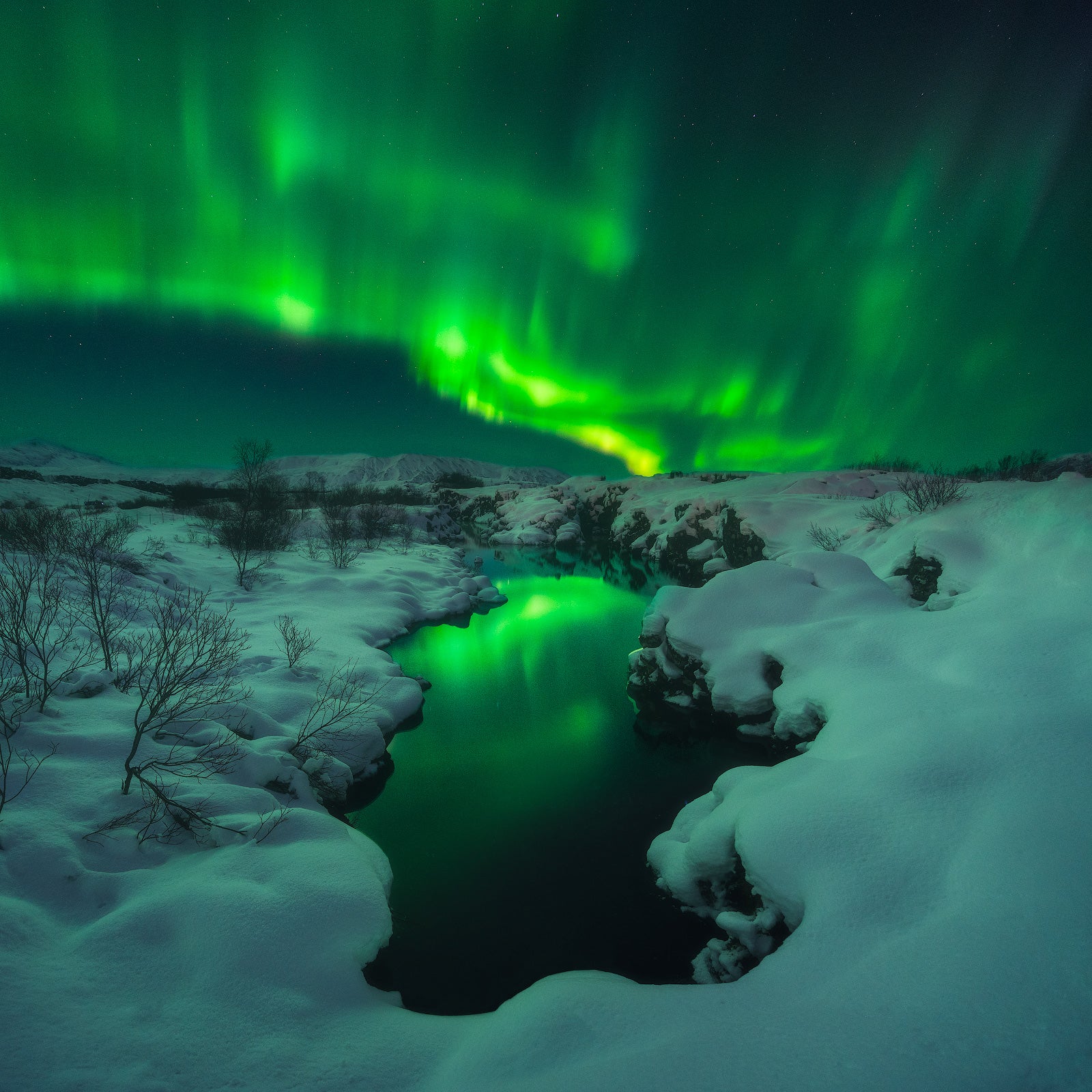Hvítserkur, otherwise known as the Troll of Northwest Iceland, is a 15 m (49 ft) tall basalt rock stack protruding from Húnaflói Bay. The rock is a nesting ground for seagulls, shag and fulmar, making it appear constantly in motion, further enforcing the idea that Hvítserkur is, in some way, very much alive.
Hvítserkur is best viewed along the eastern shore of Vatnsnes Peninsula and takes its name from the birdlife that nests on top of it. In Icelandic, the name translates to “white shirt”, a nod to the colour of the bird droppings that cover the rock.
Photographers tend to be drawn to Hvítserkur as a subject due to the way the sun, moon, and aurora borealis reflect off of the flat water around its distinctive form.
Folklore of Hvítserkur
It should come as no surprise that Hvítserkur is often referred to as a troll—most distinctive Icelandic rocks are. Folklore says that Hvítserkur was originally a troll from the peninsula, determined to rip the bells down from Þingeyraklaustur convent; trolls, unlike elves, are said to be terrified of Christianity.
The beast was so enraged and persistent that it did not notice the rising sun, and was instantly petrified for eternity in its rays.
In hindsight, like most of Iceland’s folktales, it seems this one had a Christian message not so subtly weaved into it. It is likely that the story was an allusion to the people’s stoic resistance to the Christianisation of Iceland, implying those who held onto the view were as stubborn, stupid, violent and wicked as trolls, and perhaps on their way to a similar fate.
Iceland converted to Christianity in 1000 AD under the threat of invasion from Norway, and the transition was not easy; those who practised the religion of the Old Norse Gods were ostracised and punished for the millennium that followed.
Formation of Hvítserkur
The scientific community has another explanation for how Hvítserkur formed. Erosion from the cascading sea water has carved three large holes through the basalt rock, sculpting and shaping it into what appears as some petrified, mythological animal.
The base of the stack has been reinforced with concrete to protect its foundations from the sea, but this has not stopped visitors’ interpreting the rock’s peculiar shape.
Some say Hvítserkur looks like more like an elephant than a troll, while others claim it looks like a rhino. Some onlookers have gone as far as to claim the rock appears as a dragon or dinosaur drinking.









